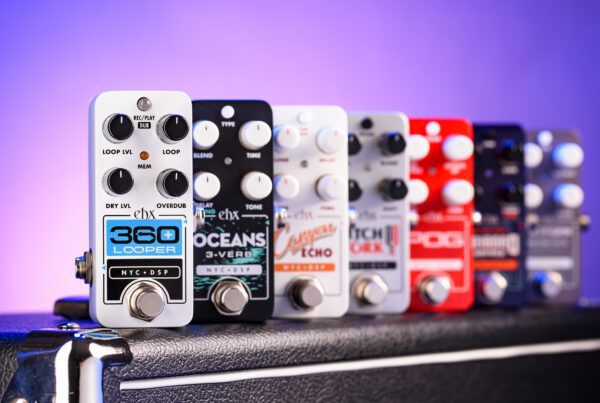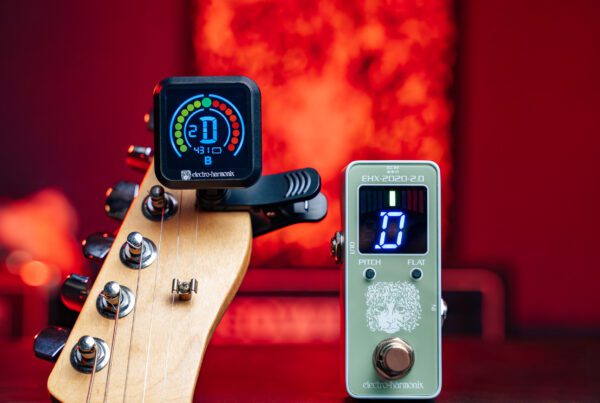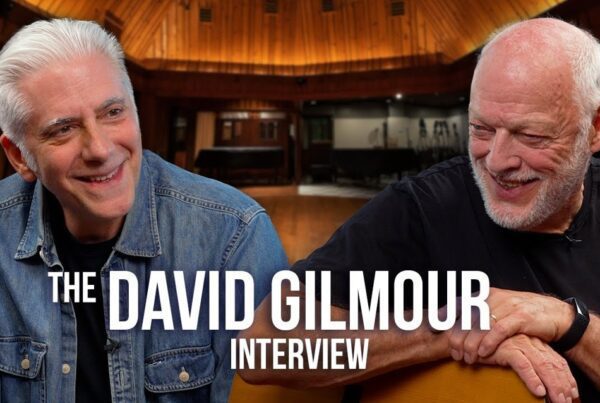Take the plunge and join the legions of guitarists who’ve found out how profoundly effects pedals can affect the way you sound
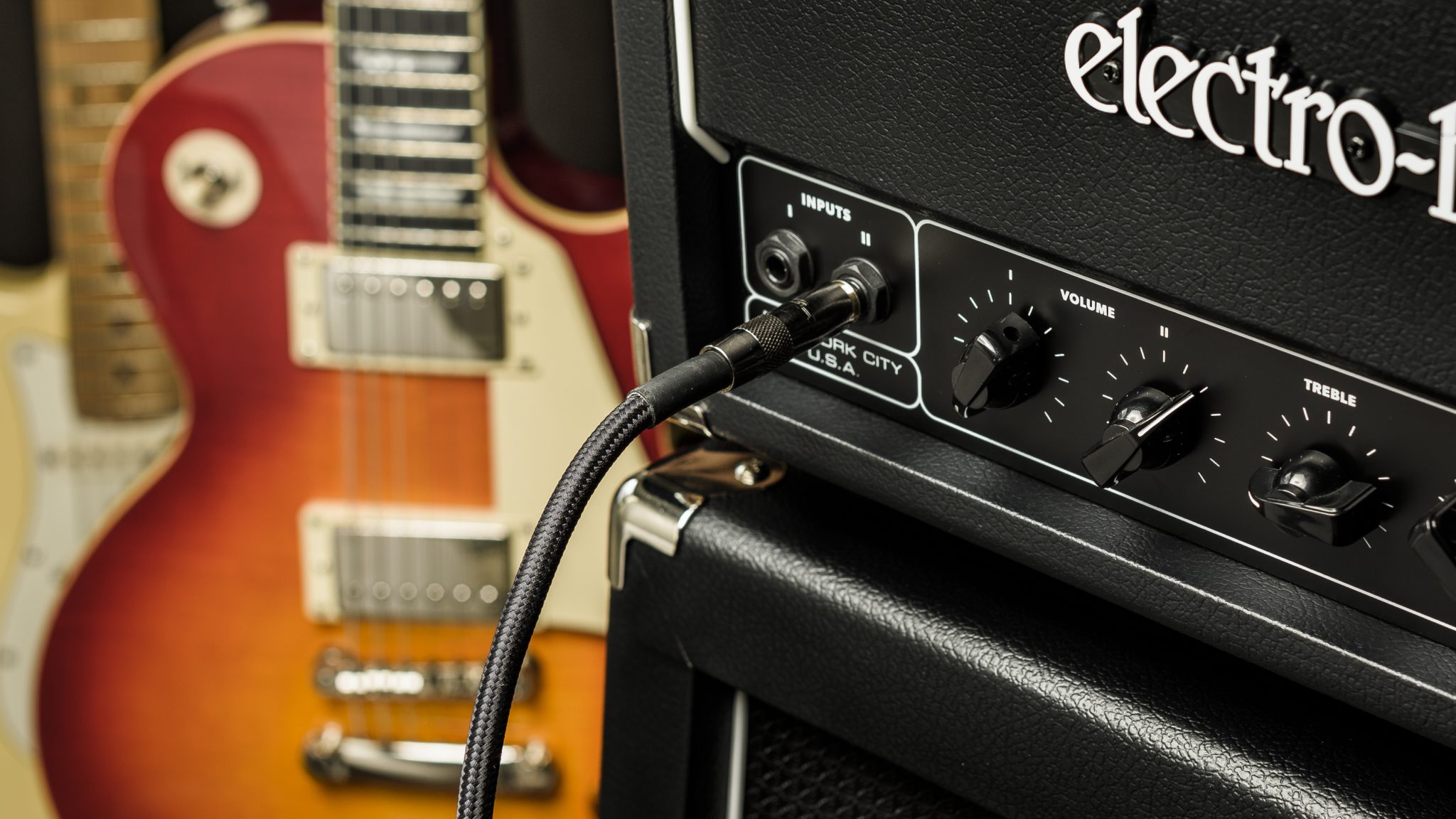
So, you have a new guitar and you’re jamming out at home enjoying the challenges and rewards of this awesome instrument. Maybe you’ve even been thinking about how to get a better sound out of your setup or why it doesn’t sound like the players who inspire you.
Without a doubt, you, your guitar and your amp are major parts of the overall equation, but just about every professional guitarist you hear is doing more than plugging right into an amp. Welcome to the world of guitar effect pedals, those devices that go in between your electric guitar and amplifier! They can improve your sound and the way your guitar responds in your hands.
Let’s take a look at a sweet three-pedal setup that could help you achieve a more pro-level tone.
It starts with an overdrive pedal
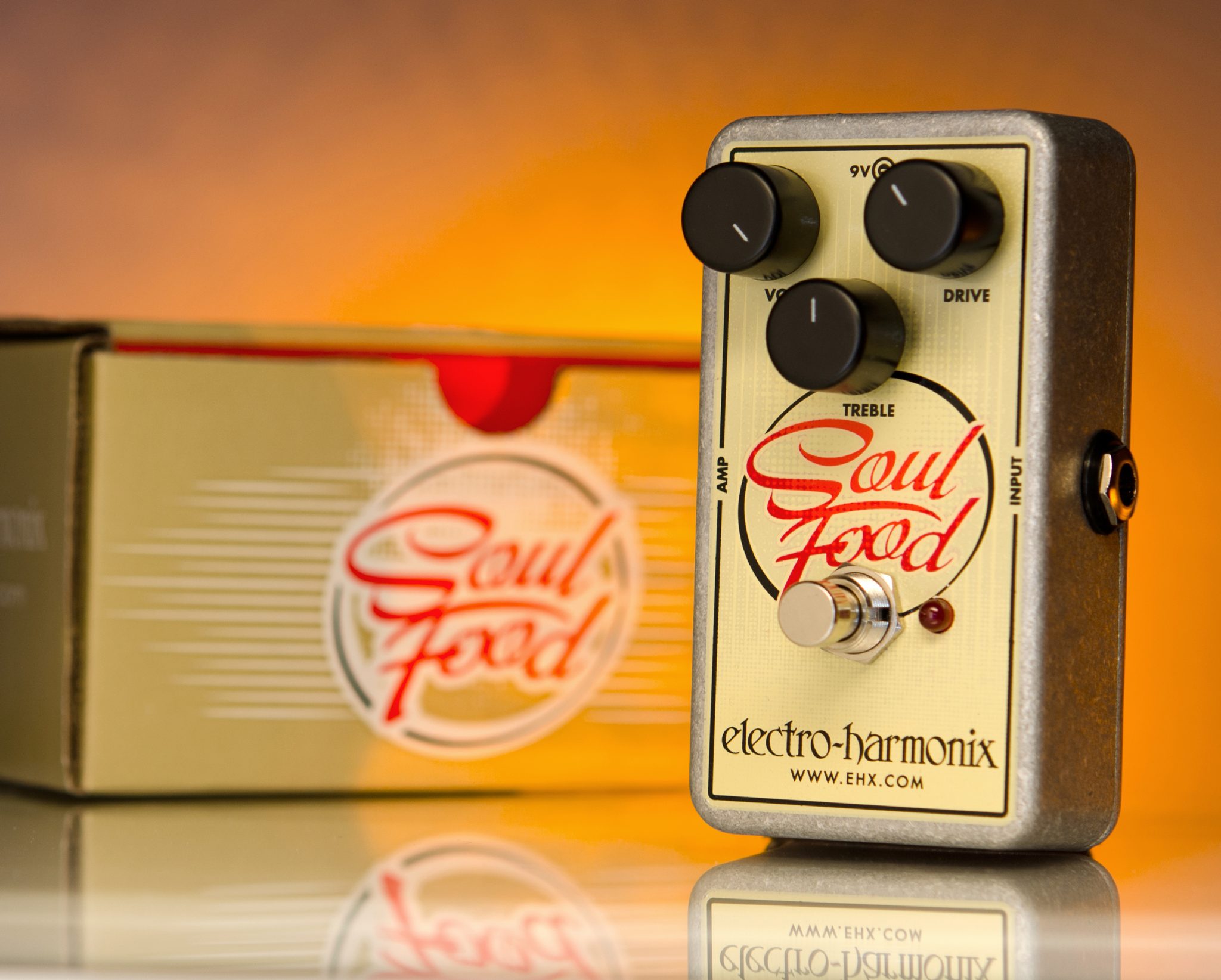
Electro-Harmonix Soul Food Transparent Overdrive
First, a little background. In the early days of electric guitar, players wanted a clean sound and amplifiers were designed to deliver it. Some amps could achieve deafening sound pressure levels and still stay clean and diming a small amp to get it to breakup was not really a widespread practice. As musical tastes evolved, players began experimenting with and exploring dirtier guitar tones. Sometimes it was achieved by slicing and dicing an amp’s speakers, or serendipitously via a faulty recording console, and maybe it was the result of an accidentally dropped amp. Whatever the cause, guitar sounds that were less than pristine began to be heard in popular music. Tube amps were cranked up, their circuits were overdriven, they cried uncle and then gave up their ability to reproduce clean tones. The results were the raw and raunchy guitar sounds that have become synonymous with modern music. Fuzz pedals like the one Keith Richards used on the Rolling Stones’ “Satisfaction” also entered the fray.
Pundits continue to debate the differences between overdrive, distortion, and fuzz, but for the purpose of this article let’s just say that regardless of how you achieve it, the first thing you want to do is change the clean sound of your guitar into something much more aggressive. EHX’s LPB-1 Linear Power Booster (the first Electro-Harmonix product) helped usher in the age of overdrive because you could put it in front of a clean amplifier and turn that amp into a snarling beast! It’s still a great choice for those wanting a more in-your-face guitar sound.

Electro-Harmonix Triangle Big Muff Pi, East River Drive, LPB-1, Metal Muff and Octavix
There are many, many choices depending on what you’re after. If your guitar hero is Pink Floyd’s David Gilmour, you may want to pick up a Triangle Big Muff. If it’s Stevie Ray Vaughan, an EHX East River Drive might be more your thing, and if it’s Jimi Hendrix you should check out the Octavix. Want to channel your inner Randy Rhodes? Look at the Nano Metal Muff. We’re truly in the Golden Age of Overdrive and the choices are almost limitless!
Shine some light on modulation effects
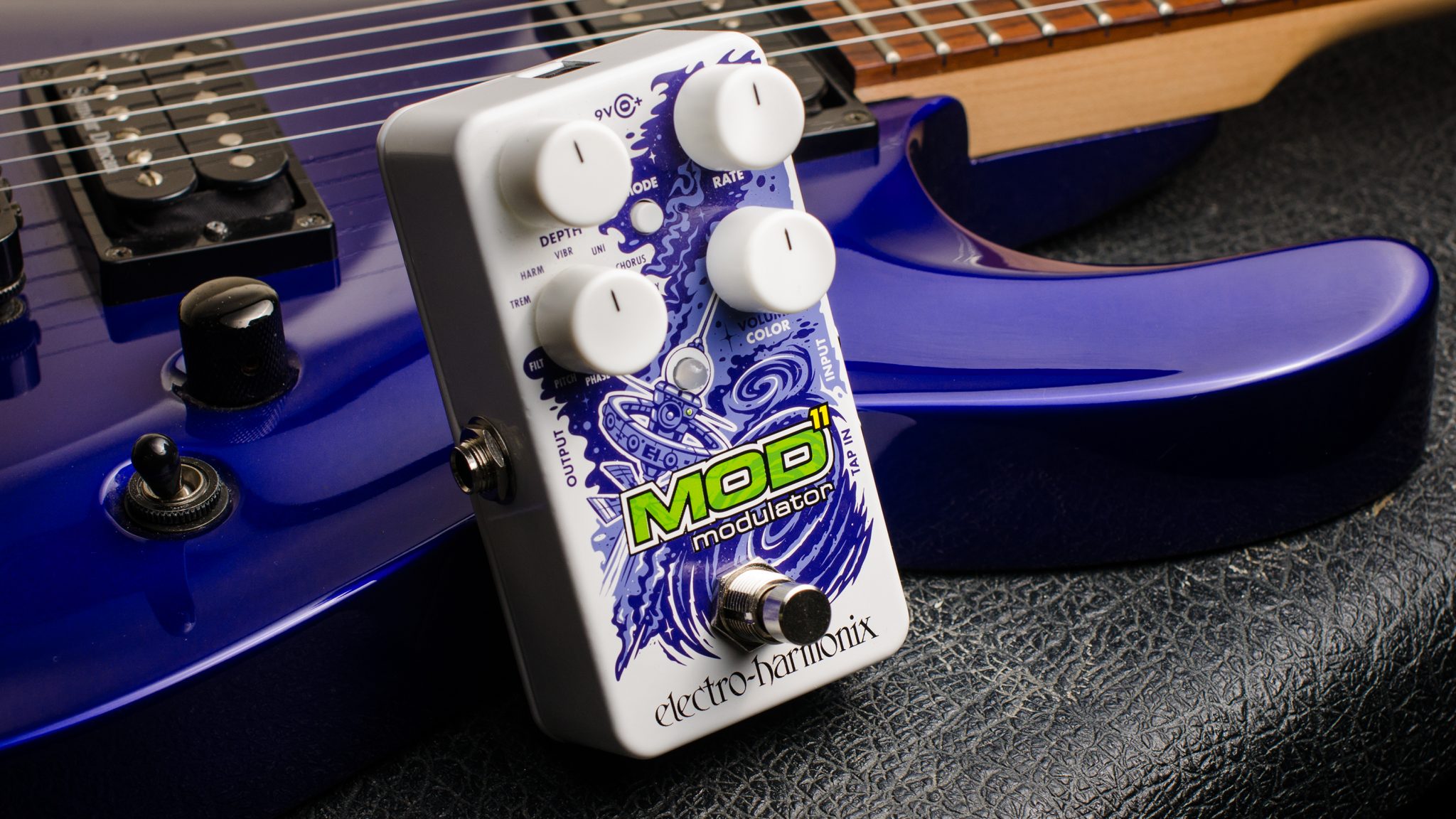
Electro-Harmonix Mod 11 Modulator
The next thing to consider is a modulation pedal. First, let’s shine some light on how a modulation effect modifies your sound. Modulation effects are dynamic, they have movement and they alter your sound over time. Two of the most popular are flanging and phase shifting. Listen to the opening guitar riff in Heart’s “Barracuda” for a fab example of flanging with its classic swooshing, swirling sound. Without getting too deep, here’s a basic primer on how it’s created in a pedal. The guitar signal is split into two identical parts, a very short delay is applied to one, and then they are mixed. The delay time is not constant, it varies, and this creates the swept comb filter effect known as flanging.
Flanging is an effect that has been wildly popular for a long, long time, and for good reason. In fact, Electro-Harmonix was first with pedal flangers and introduced the Electric Mistress in 1975! Today there are many options including dedicated flangers like the Deluxe Electric Mistress and pedals like the MOD 11 which provides 11 different modulation effects.
Effect trivia: While working with the Beatles, recording engineer Ken Townshend used two reel-to-reel tape recorders to playback the same signal. Townshend rested his finger on the flange of one reel and varied the pressure as the tape rolled. The resulting changes in the delay time created a flanging effect. The story goes that John Lennon coined the term “flanging” after observing the process! You can hear it on the Beatles tune “Tomorrow Never Knows,” which is on their Revolver album released in 1966.
A phase shifter is another type of modulation pedal that makes your guitar sound like it’s moving away and coming back, kind of like it’s going through a rotating speaker. Check out Tame Impala’s “Solitude is Bliss” and Van Halen’s “Ain’t Talkin’ Bout Love” for cool examples.
Read on, if you’d like a technical explanation for how the effect is created. If you really don’t care and just dig the sound, skip to the next paragraph! A phase shifter (sometimes referred to as a phaser) works by splitting your guitar’s signal into two parts. One part remains unchanged while the other is phase shifted. The two parts are then mixed back together before they are sent to the output. What makes the effect interesting is that the degree of phase shift is not fixed across the frequency spectrum, instead the amount of phase shift is spread over a large frequency range. Spreading the phase shift across a wide frequency range causes peaks and valleys to arise in the frequency response of the summed output signal. The cherry on top is that the degree of phase shift is then modulated. Now the peaks and valleys in the frequency response move, they rise and fall yielding the much-loved effect you hear when using a phase shifter.

Electro-Harmonix Bad Stone, Small Stone and Deluxe Electric Mistress
The EHX Small Stone and Bad Stone Phase Shifters are classics and have been an essential part of the phaser landscape since the 1970s. In fact, the Bad Stone Phase Shifter was the original six-stage phaser with variable feedback. A feedback control lets you send an adjustable amount of the phase-shifted signal back into the phase shifting part of the circuit and creates a much more pronounced phaser sound.
Delicious reverberation
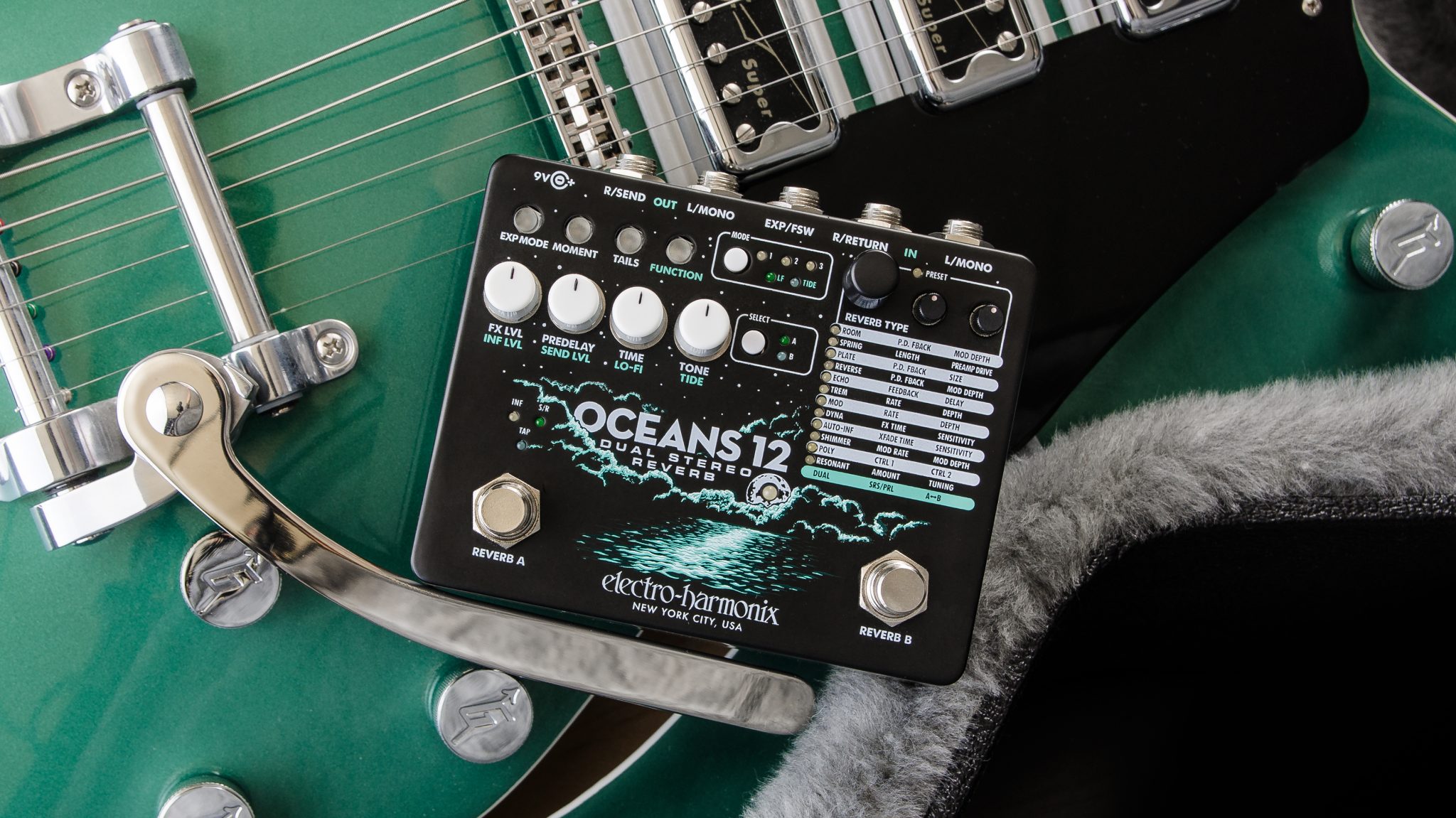
Electro-Harmonix Oceans 12 Dual Stereo Reverb
Now let’s take a look at the third part of this pedal trilogy and that’s reverb. Reverberation may be the most delicious effect ever. It occurs naturally in the great outdoors as well as indoors within man-made spaces. Whether in a cave or a concert hall, the effect is caused by multiple reflections of sound bouncing off different surfaces. Those reflections build up and decay creating a wash of sound as opposed to echo where we can distinctly hear the repeated reflections coming back to us… hello, hello, hello.
Some reverbs seek to imitate the sounds we hear naturally, other forms were created by engineers just because they sound good and don’t mimic a real-world acoustic space. Spring reverb, one of the latter, is the reverb type that’s probably most closely associated with electric guitar. Without getting too technical, it’s called spring reverb because it uses springs to create its distinctive sound. We owe a debt of gratitude to Leo Fender for making the effect so popular. Leo started installing spring reverbs in his amps back around 1963. If you’re a devotee of surf guitar, you absolutely need spring reverb. Check out “Pipeline” by The Chantays to hear the classic effect in all its glory.
Some amps still come equipped with spring reverb, but if yours doesn’t that sound is available in a pedal like the EHX Holy Grail Neo or Holy Grail Nano. And, the nice thing about a pedal is that you get other reverb models, too, like Hall and Plate. Hall emulates the reverberant sound of a grand concert hall. Plate wasn’t created to copy anything that occurs naturally. Though lush and beautiful, it’s an artificial form of reverb first produced in a recording studio using large suspended metal plates.
Electro-Harmonix has a reverb pedal for every budget and need from the various Holy Grail models all the way up to the Oceans 11 Reverb and the Oceans 12 Dual Stereo Reverb. Each one provides a selection of great sounding ‘verbs.
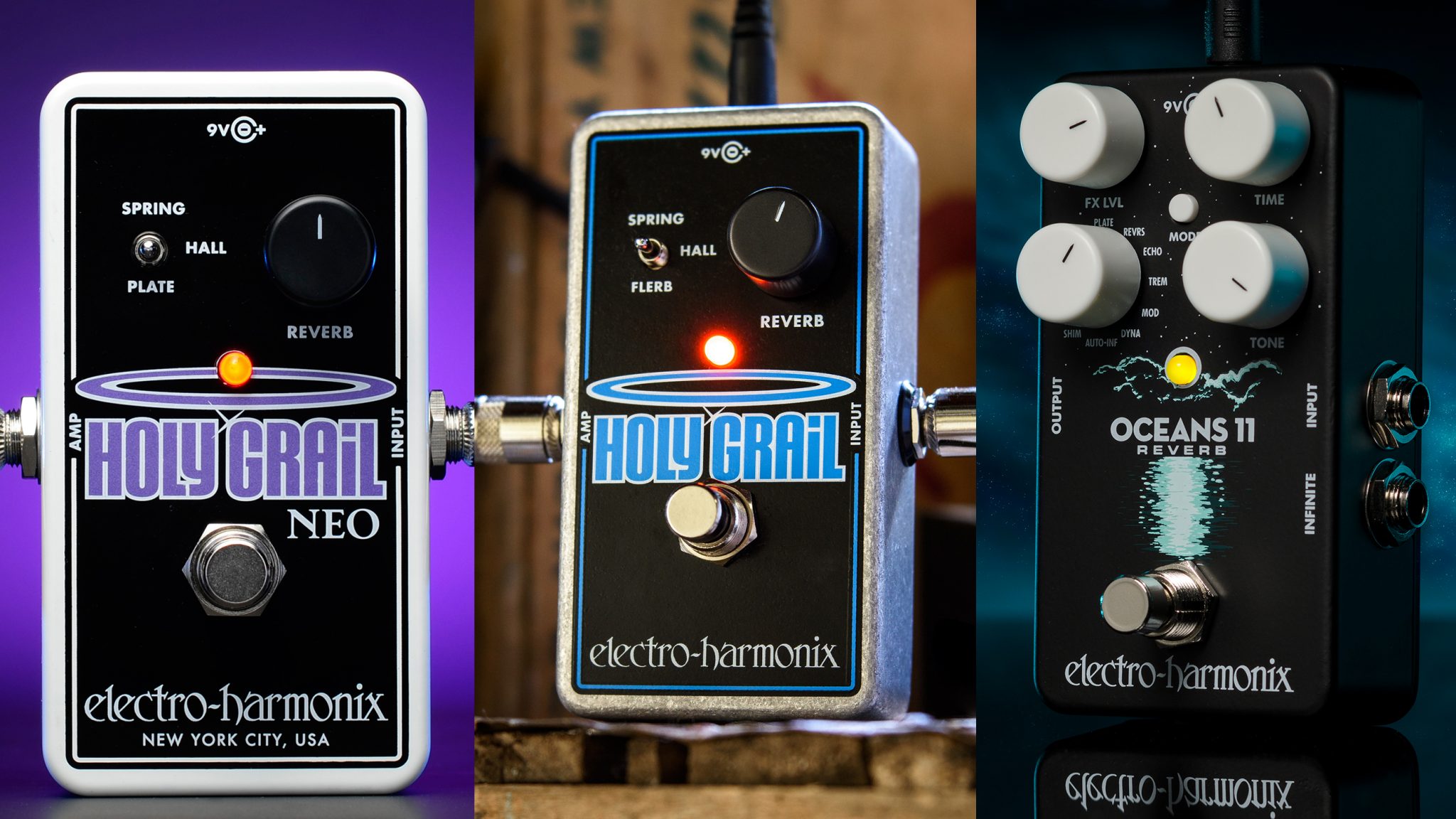
Electro-Harmonix Holy Grail Neo, Holy Grail Nano and Oceans 11
You can read all about EHX pedals and check out actual demos of the gear mentioned above at www.ehx.com.
We hope you’ll take the plunge and join the legions of guitarists who’ve found out how profoundly effects pedals can affect the way they sound and the enjoyment they get out of their instrument. Just one word of warning before you dive in: Effects pedals can be addictive!

